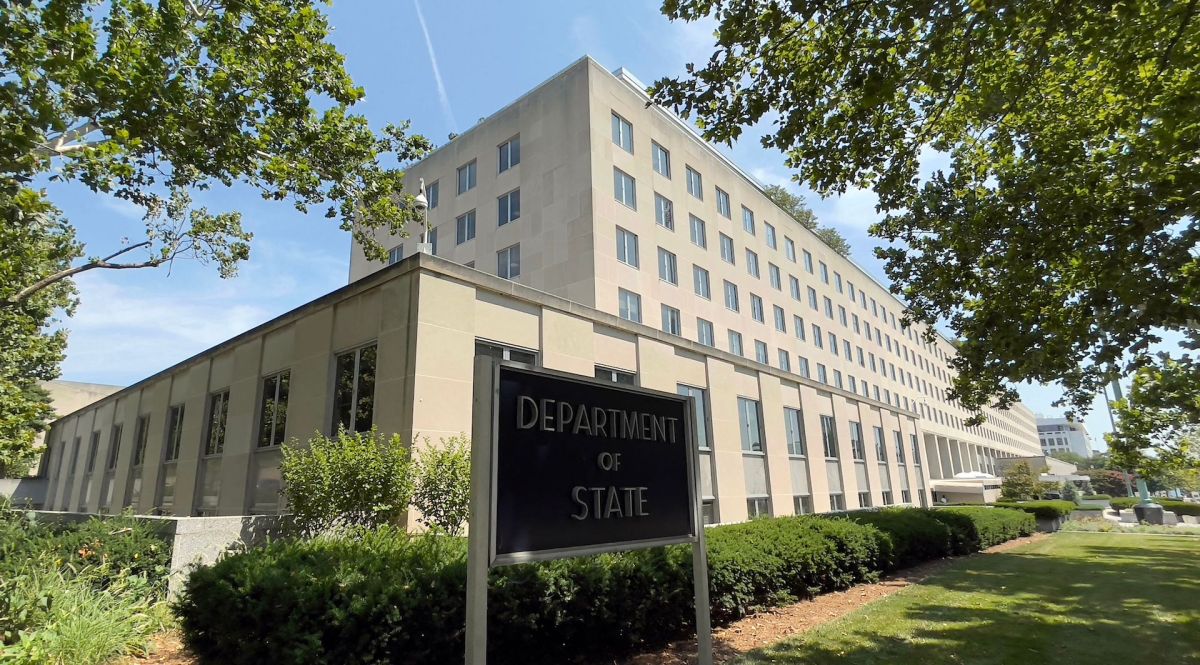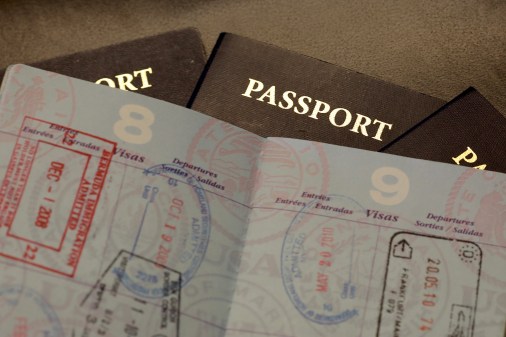State continues to reduce number of data centers, says CIO

The State Department continues to cut its number of physical data storage locations as part of the transition to zero-trust architecture, according to the agency’s chief information officer.
Keith Jones said Thursday at the Fortinet Security Transformation Summit, produced by FedScoop, that the agency has made progress reducing servers in high-risk overseas locations as it moves physical infrastructure to the cloud.
The adoption of cloud-based storage is a central pillar of the State Department’s recently announced enterprise data strategy, in which the agency said it would seek to enable greater access to data, while also improving data governance.
“While leveraging cloud-based solutions has helped decrease our operating costs, the true benefit has come in the form of reducing risk exposure,” said Jones. “[W]e continue to reduce data storage at locations worldwide, thereby reducing our exposure to high threat locations.”
He added: “With data stored in the cloud, we have increased our capability and ability to access this data from a multitude of devices, which is a necessity for the department going forward.”
Jones said also Thursday that State continues to explore new technologies such as context-aware behavioral analytics, next-generation breach detection, virtual dispersive networking and active defense measures.
State’s new data strategy is centered on four goals including the cultivation of a data-focused culture, accelerated decision-making through analytics, and enhanced data governance.
State isn’t the only agency making progress to reduce its data center footprint. In October, Army CIO Raj Iyer said the service plans to pare its 12 remaining data centers to six by 2028 and to close hundreds of other smaller data processing nodes.






